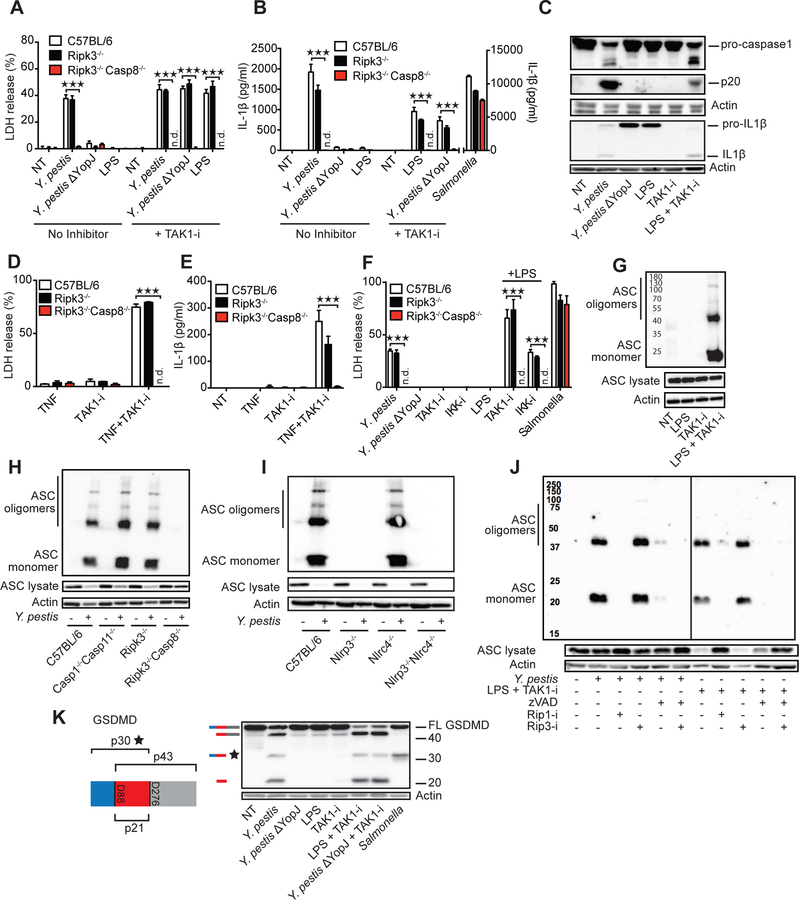Fig. 1. Inhibition of TAK1 by Yersinia YopJ or small molecules triggers cell death, inflammasome activation and GSDMD cleavage.
BMDMs from C57BL/6, Ripk3−/−, and Ripk3−/−Caspase8−/− mice were challenged with indicated stimuli in the presence or absence of TAK1 inhibitor 5z7 (TAK1-i) or IKK inhibitor (IKK-i) (A, B, D-F). Cell death was measured by LDH release after 4 h (A, D and F) and IL-1β release by ELISA after 5h (B and E). (C) C57BL/6 BMDMs were challenged with indicated stimuli for 5 h, and cell lysates plus supernatants were analyzed by immunoblot for caspase-1 and IL-1β cleavage. (G-J) Oligomerization of ASC in the inflammasome-enriched and cross-linked lysates was detected in C57BL/6 (G, J) or the indicated KO BMDMs infected or stimulated for 3 hrs with LPS + TAK1- i, with or without 1 h pretreatment with inhibitors of pan-caspase (zVAD-fmk, 25 μM), RIP1 (1 μM) or RIP3 (3 μM). (K) C57BL/6 BMDMs were treated with indicated stimuli for 3 h and cell lysates were analyzed by immunoblot for GSDMD cleavage. Illustration of GSDMD, predicted cleavage sites and fragment sizes are indicated. Data are presented as mean ± SD of triplicate wells from three or more independent experiments. n.d.: not detected. For comparisons we used t-test. *p<0.05, **p<0.01, ***p<0.001.

